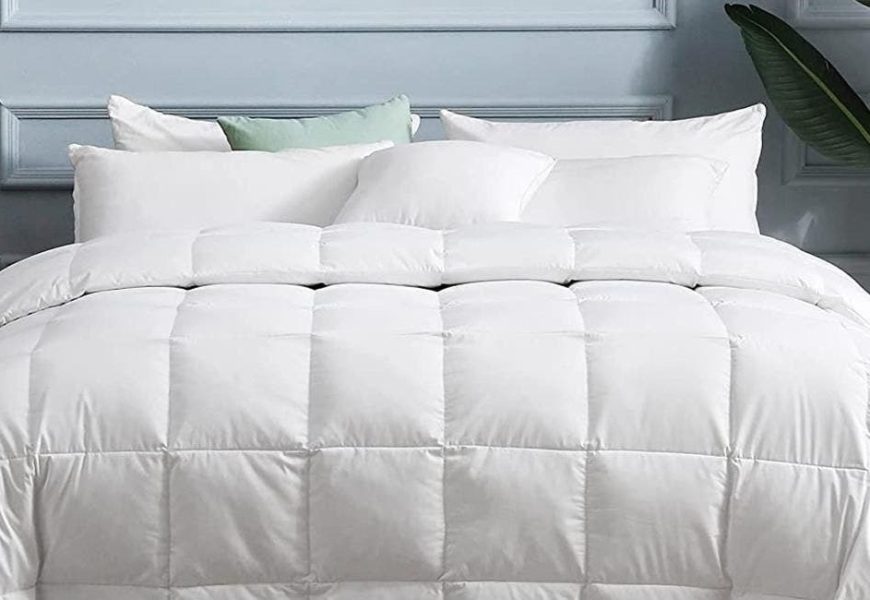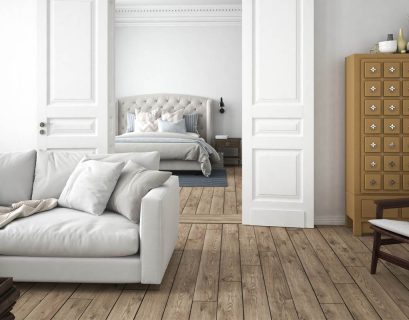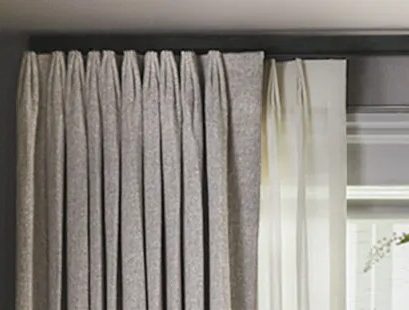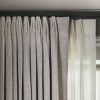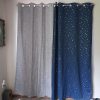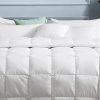Bedding serves as the focal point of any bedroom, and the art of mixing and matching patterns can transform it from a functional space to a visually captivating sanctuary. However, achieving a cohesive look with multiple patterns requires a delicate balance of colors, scales, and styles. In this guide, we’ll explore the principles and techniques of combining bedding patterns to create a harmonious and inviting aesthetic. From selecting a color palette to understanding pattern scales, let’s dive into the world of pattern mixing for a well-coordinated and stylish bedroom.
1. Establish a Color Palette:
The foundation of successful pattern mixing lies in a well-defined color palette. Consider the following tips:
- Limit the Palette:
- Choose a primary color or two as the backbone of your palette. Incorporate accent colors sparingly to add depth and interest.
- Consider Neutrals:
- Neutrals like white, beige, or gray can serve as grounding elements, allowing patterns to shine without overwhelming the space.
- Include a Dominant Color:
- Introduce a dominant color that appears in multiple patterns, creating cohesion and tying the look together.
- Use a Color Wheel:
- A color wheel can be a valuable tool for selecting complementary or analogous colors, ensuring a harmonious color scheme.
2. Mix Pattern Scales:
Understanding the scale of patterns is crucial for achieving balance. Combine patterns of varying scales to create visual interest without causing chaos:
- Large, Medium, and Small:
- Incorporate large, medium, and small-scale patterns to avoid overwhelming the space with one dominant size.
- Scale Contrast:
- Pair a large-scale pattern with a small-scale one to create a dynamic contrast that adds depth and texture.
- Maintain Consistency:
- While mixing scales, aim for consistency in the number of patterns and their placement to achieve a balanced look.
3. Coordinate Styles:
Ensure that the styles of the patterns complement each other to create a cohesive visual narrative:
- Choose a Theme:
- Select a theme or style (e.g., traditional, bohemian, modern) and stick to it. Consistency in style helps tie together diverse patterns.
- Consider Contrast:
- If combining contrasting styles, find common elements like color or shape to bridge the gap and create a unified appearance.
- Experiment with Textures:
- Introduce textured fabrics alongside patterns to add dimension and interest, creating a more layered and inviting look.
4. Mix Geometric and Organic Patterns:
Balancing geometric patterns with organic or floral motifs can create a visually stimulating yet harmonious effect:
- Contrast Shapes:
- Pair geometric patterns with flowing, organic ones to create a visually dynamic and balanced aesthetic.
- Coordinate Colors:
- Ensure that the colors in geometric and organic patterns complement each other, establishing a connection between the two.
5. Layer Solid Colors:
Incorporate solid colors to break up patterns and provide visual relief:
- Solid Color Dominance:
- Allow one solid color to dominate in the mix, ensuring it appears in multiple elements, such as pillows, throws, or the bedspread.
- Neutral Solids:
- Neutrals serve as a versatile backdrop for patterned pieces, preventing the overall look from becoming too busy.
6. Consider Pattern Intensity:
Mindful consideration of pattern intensity prevents visual overwhelm and creates a balanced composition:
- Balanced Intensity:
- Mix bold patterns with more subdued ones to create a balanced look. Avoid using too many bold patterns at once.
- Use Accent Patterns:
- Reserve vibrant or intricate patterns for accent pieces like throw pillows or a statement duvet cover.
7. Focus on Layering:
Layering is a key technique in creating a rich, inviting bed that showcases various patterns:
- Start with a Base:
- Begin with a neutral or solid-colored base layer, such as a duvet or quilt, to anchor the look.
- Add Middle Layers:
- Layer on medium-scale patterns that complement the base layer, creating depth without overwhelming the space.
- Finish with Accents:
- Introduce smaller-scale patterns as accents through decorative pillows, shams, or a throw blanket to complete the layered effect.
8. Symmetry and Asymmetry:
Explore both symmetrical and asymmetrical arrangements to achieve different visual effects:
- Symmetry:
- Arrange patterns symmetrically for a classic and formal look. This is ideal for traditional or tailored styles.
- Asymmetry:
- For a more relaxed and eclectic vibe, embrace asymmetry by placing patterns in an intentionally irregular manner.
9. Test and Adjust:
Creating a cohesive look often involves trial and error. Be willing to test different combinations and make adjustments as needed:
- Arrange and Rearrange:
- Lay out various patterns before committing to a final arrangement. Step back and evaluate the overall effect.
- Edit the Mix:
- If the combination feels overwhelming, consider removing or replacing certain patterns until the mix feels balanced.
10. Personalize with Unique Pieces:
Add a personal touch to your bedding mix with unique, one-of-a-kind pieces:
- Handmade Elements:
- Incorporate handmade or vintage pieces to infuse character and uniqueness into your bedding ensemble.
- Customize Pillows:
- Customize throw pillows with unique fabrics, embroidery, or personalized touches to make the mix uniquely yours.
Conclusion:
Mixing and matching bedding patterns is an art that allows for creative expression and personal style.
